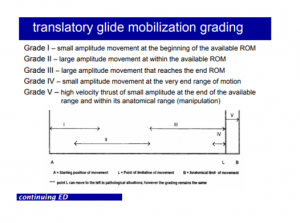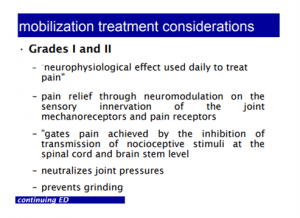Today consists of 3 different locations to travel to. First is the office in Newton Abbot, second location is Shaldon Primary School and then travel to Ashburton for Regional Training session, starting from 11:30 till 20:30.
For the first 3 hours I was in the office creating programmes, replying to parents messages regarding their children and any advice needed, and also discussing with the coaches what we could work on together to ensure we are reducing the number of injuries occurring at regional squad training sessions.
The rehabilitation programme that was created included 3 different exercises; Ankle rolls, isometric holds and seated calf raises. Ankle rolling creating the alphabet was the first exercise as it allows the athletes to move the ankle in all directions (this allows the ankle to become more free and less stiff). Isometric holds was the second exercise using a resistance band (due to the athlete having a band at home) however, this exercise can be performed using a towel, this allows the athlete to stretch the calf muscles. The last exercise was seated calf raises with a progression of standing calf raises. This was given to help strengthen the calf muscles in order for these calf muscles to support the ankle and increase its stability.
I gave these exercises as these can be performed almost straight away after an ankle injury, especially with this athlete as their range of movement was not limited when tested Monday. I ensured I talked the athlete and their parent through the exercises whilst demonstrating how to perform them correctly prior to creating this programme.
15 Exercises for Your Sprained Ankle (healthline.com)
How To Do Calf Raises Properly | HEM Ankle Rehab
Next Time
Next time I would like to be able to create a more in depth rehab programme with progressions and regressions with more weeks rather than just the first week of exercises. Overall I found today beneficial and a learning curve in creating rehabilitation programmes.
At Shaldon Primary School I was an assistant for a coach teaching the Year 2 students in an after school club. One of the students has diabetes and needed to stay near a device which records their glucose levels. A teacher was near by if the device started beeping. The device could not go below a 4 otherwise this means the child is in the hypoglycaemia stage and would need sugar to bring the levels back up. I was a little nervous about being in charge of this device as I have never seen one before and would not know what to do if the child had gone into a hypoglycaemic state.
Next Time
Next time I would like to find out prior to attending any primary schools if there are any medical conditions that we will need to know about especially if it could affect their activity levels. Knowing in advance will allow myself to research about the medical condition if necessary and discover what I would need to do in the worst case scenario. This would allow me to be less nervous and more confident.
At Regional Training session there was four injuries that I needed to oversee. Neck pain from sudden neck extension when going into a tackle in defending the ball was the first injury. This injury I needed to ensure that the range of movement was not reduced, ensure the athlete was not concussed by asking them questions. I needed to ensure they were not concussed/ feeling dizzy or sick otherwise the injury could have been a more serious injury. However after going through range of movement the athlete felt okay to continue after having a 10 minute rest. I ensured to keep an eye on him because a head injury could be prolonged and cause other issues later.
The next injury was an ankle injury, this is an ongoing ankle injury so after going through range of movement, I decided to provide grade 2 mobilisations in dorsi/plantar flexion to provide pain relief and to increase range of movement within the available range.

 Microsoft PowerPoint – mobprinciplehandout (physio-pedia.com)
Microsoft PowerPoint – mobprinciplehandout (physio-pedia.com)
Another injury was an athlete complaining of a stiff neck from ‘sleeping funny’ the night before. Whilst palpating I found the muscles; upper fibres of trapezius and sternocleidomastoid were extremely tight and tender on the athletes left side. I gave the athlete a small soft tissue massage with stretching every 2 minutes to relieve the tension and pain. I used a deep heat balm in order to help speed up the heating process of the tissues due to the muscles being tender to touch I did not want to go too deep.
Lastly I needed to provide general first aid to an athletes finger, He had not realised that he had caught his skin on the top of one of his fingers, looked down and saw blood everywhere! I needed to ensure the athlete was feeling okay by asking if he felt dizzy or sick due to the amount of blood he had lost. I then asked for assistance to clean the blood up due to the blood being all over both hands. Once the blood was clean I was able to locate the source of the cut and apply a plaster to stop the bleeding.
Next time I need to ensure my first aid bag is fully stocked up of sterile wipes as I was running low and needed more whilst cleaning the cut. I also need to ensure that I have a printed version of the NRS pain scale and Glasgow Coma scale as a reference when treating athletes pitch side.
